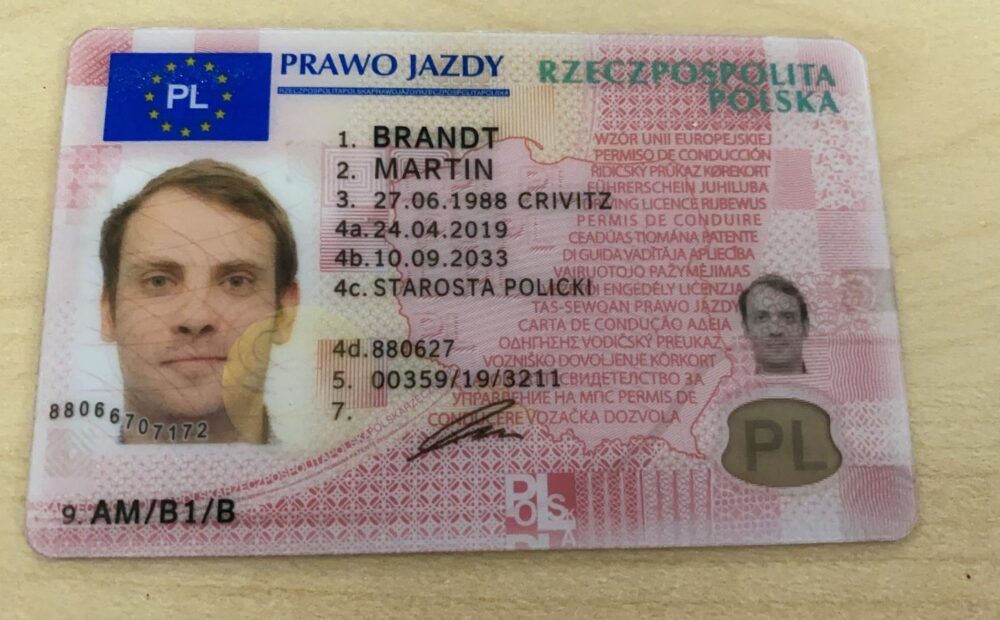Five Essential Tools Everyone Within The Driving License Exam Industry Should Be Making Use Of

Understanding the Driving License Exam: A Comprehensive Guide
The driving license exam is an essential stepping stone for those wanting to secure their self-reliance, help with travel, and participate in different aspects of contemporary life. It not just works as a legal requirement however likewise guarantees that individuals are geared up with the essential skills to run an automobile safely. This article looks into the structure, requirements, preparation techniques, and typical FAQs relating to the driving license examination, offering a thorough understanding of what aspiring drivers can expect.
Structure of the Driving License Exam
The driving license examination usually includes 2 primary parts: the written test and the practical driving test.
1. Written Test
The written part evaluates a candidate's knowledge of roadway rules, traffic signs, and safe driving practices. It typically includes multiple-choice concerns and true/false concerns, covering subjects such as:
- Road signs and their meanings
- Traffic laws and guidelines
- Safe driving strategies
- Treatments for dealing with emergency situations
- Rights and duties of chauffeurs
Candidates are usually needed to study the local chauffeur's manual, which describes the pertinent laws and guidelines for safe driving.
2. Practical Driving Test
Following an effective composed exam, candidates should complete a practical driving test. This hands-on examination determines a prospect's capability to operate an automobile and abide by traffic regulations in real-world conditions. Key aspects of the useful test include:
- Vehicle control and dealing with
- Complying with traffic signals and signs
- Browsing intersections and turns
- Proper usage of mirrors and signal lights
- Parking methods (parallel, perpendicular, etc)
- Responding to pedestrian and cyclist presence
Both parts are vital for getting a driving license, and adequate preparation is important for success.
Requirements to Take the Driving License Exam
Requirements for taking the driving license exam vary by jurisdiction, however there are common prerequisites that most candidates should satisfy:
- Age Requirement: Most jurisdictions need candidates to be a minimum of 16 years old, although some might permit earlier screening with parental permission.
- Student's Permit: Many regions need candidates to get a learner's authorization before taking the driving exam. This permit enables individuals to practice driving under adult supervision.
- Paperwork: Candidates must provide legitimate recognition, evidence of residency, and, sometimes, documentation of finished driver education courses.
- Practice Hours: Some jurisdictions mandate a minimum number of practice hours behind the wheel before being qualified for the driving test.
Preparing for the Driving License Exam
Preparation is essential to passing the driving license exam. Here are several techniques prospects can employ:
1. Research study the Driver's Manual
- Thorough Review: Candidates ought to study their local driver's manual vigilantly given that it consists of critical information needed for the composed test.
- Practice Tests: Numerous online resources provide practice tests that replicate the written evaluation format. Finishing these can help increase self-confidence and understanding retention.
2. Practice Driving Skills
- On-the-Road Practice: Driving under the guidance of an experienced licensed chauffeur is vital. Candidates must practice different driving maneuvers, including parking, lane modifications, and emergency stops.
- Mock Driving Tests: Conducting mock driving tests can be useful. Relative or pals can examine the candidate's performance and offer feedback.
3. Take a Driver Education Course
- Professional Instruction: Many prospects decide to register in motorist education courses led by certified instructors. helpful hints supply important insights into traffic laws and safe driving practices, and often consist of both class and behind-the-wheel training.
- Understanding Vehicle Mechanics: Familiarization with automobile controls, maintenance, and safety functions can boost self-confidence during the practical test.
Common FAQs about the Driving License Exam
Q: What should I induce the day of the exam?
A: Candidates must bring valid identification, their student's authorization, any needed documents (like evidence of residency), and an appropriately maintained car that satisfies all security requirements.
Q: How do I know if I passed my driving test?
A: After finishing the practical driving test, the inspector will usually offer instant feedback. If you pass, you will get details on how to acquire your driver's license. If you fail, the examiner will use insights on areas needing enhancement and how to retest.
Q: How often can I retake the driving test if I stop working?
A: The retake policy varies by region. Some areas may permit prospects to retake the test as quickly as the following day, while others might impose a waiting period of a number of weeks. It is essential to consult the local Department of Motor Vehicles (DMV) or comparable authority for specific policies.
Q: Can I take the driving test in a different automobile than the one utilized for practice?
A: Yes, prospects can take the test in a different car; however, the vehicle should satisfy safety and operational requirements. It is recommended to familiarize oneself with the various controls of the brand-new car prior to the exam.
Q: Are there lodgings for individuals with specials needs during the driving examination?
A: Most jurisdictions supply lodgings for individuals with disabilities. It is advised to call the local DMV or equivalent authority in advance to talk about particular needs and readily available accommodations.
The driving license examination is a turning point for lots of aspiring drivers. With its 2 main parts-- the written test and practical driving assessment-- it examines both theoretical knowledge and applied driving abilities. Understanding the structure, requirements, and preparation methods can help prospects approach the test with self-confidence. By sticking to standards and practicing vigilantly, individuals can transition efficiently from students to certified chauffeurs, enjoying the freedom that comes with driving.

